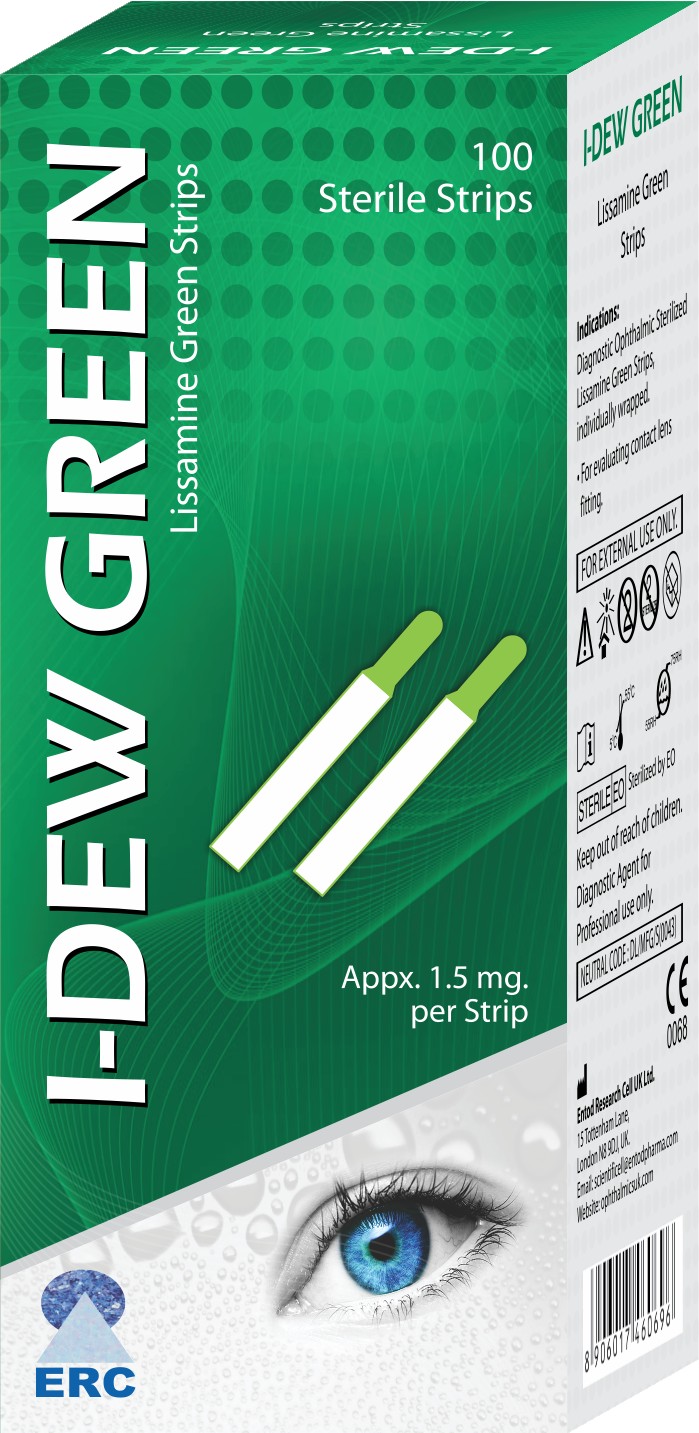GOC sets out position on lissamine green

Clarification on the use of CE-marked lissamine green strips (other products are available)
The General Optical Council (GOC) has today published a statement on the use of CE-marked lissamine green ophthalmic strips to assist registrants in ensuring they act in the interests of the public.
Lissamine green is used when assessing the ocular surface and is available as a CE-marked product (a medical device) for use as a ‘diagnostic agent when superficial corneal or conjunctival change is suspected’.
The Medicines and Healthcare products Regulatory Agency (MHRA), an executive agency of the Department of Health with responsibility for regulating all medicines and medical devices in the UK, considers lissamine green should be regulated as a medicine, however, there is no marketing authorisation in place. Its status has therefore caused confusion.
The statement clarifies that there will be circumstances where it is necessary, in the patient’s best interests, for optometrists and contact lens opticians to use CE-marked lissamine green ophthalmic strips (the marketing and supply of which is not currently opposed by the MHRA) within the scope of their practice.
It also outlines registrants’ responsibility in acting in the best interests of their patients at all times and determining the most appropriate clinical care in accordance with the GOC’s Standards of Practice for Optometrists and Dispensing Opticians.
It was developed as a result of a clinical consensus panel of experienced practitioners and academics, formulated by the professional bodies within the optical sector including ABDO, the Association of Optometrists, the British Contact Lens Association, the College of Optometrists and the Federation of Ophthalmic and Dispensing Opticians. The MHRA has also contributed to the statement, setting out its position in respect of lissamine green.
GOC chief executive and registrar, Lesley Longstone, said: “This is a complex issue and we have worked closely with a number of stakeholders in developing this statement. Our role is to protect, promote and maintain the health and safety of members of the public and we hope it will give registrants clarity and reassurance about using CE-marked lissamine green ophthalmic strips within the scope of their clinical practice.” The full statement can be found on the GOC website.
Commenting on the move, ABDO president, Clive Marchant, said: “ABDO welcome the GOC’s statement, which clarifies the use of lissamine green ophthalmic strips by contact lens opticians and optometrists. There has been ongoing confusion regarding the legality of use in the UK – although research clearly demonstrates that lissamine green is effective in the assessment of changes associated with dry eye disease, and should be used in the evaluation of the ocular surface integrity especially of the conjunctiva and lid margins.
“The outcome is a result of the key UK professional bodies, including ABDO, working with the GOC to evaluate and address an area of confusion. The outcome is clearly in the patient’s best interests,” added Clive.
The full statement can be found on the GOC website.